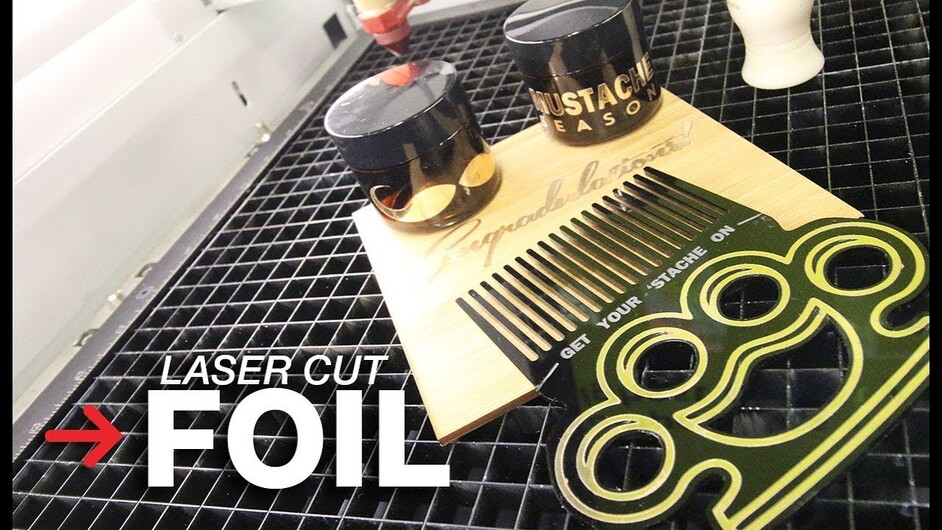Hi one and all. Still alive and kicking happily in Mississippi, fan making and Glowfingering the while.
To the problem - I would like to ‘gild’ my fan sticks, that is a solid metallic gold all over, because there was a 19th century fan company in US that did just that.
For both fan sticks and fan frames, I used to use gold leaf, both water- and oil-gilding in days gone by, but with Goldfinger doing all the cutting for me, I’m looking for a speedier finishing process.
Over the last few years, I’ve refined the process to sealing the thin sticks (1/32" thick basswood) with shellac, then a layer of red acrylic, polished that, then gilded by painting on Rub-n-Buff wax polish, thinned with a little mineral spirits. When dry, polished, and distressed with steel wool, till the red showed through in an appropriate way.
It might sound longer, but it is far less nerve-racking than gilding with genuine gold leaf.
What I am now investigating is the use of a hot press that I own, big enough for me to do a whole set of sticks in one go, along with ‘gold’ foils.
This is an effort to find a dry process, that avoids raising the grain of the wooden sticks, and all the sanding and dust management that it brings with it.
Although I don’t know for certain(more research needed) the original fan company - Hunt and Allen - used to gild directly on to the raw wood surface, probably using just dampening the surface with gelatine and water.
So I assumed that I should be able to devise a simpler process using stamping foils.
I have found that the foil that I have, designed to hot stamp onto card, doesn’t go down into the depressions of the grain. If I use a thin layer of shellac or acrylic, that is better, but not as complete a coverage as I would like.
I’ve come across ‘stretchable’ vinyl foils, but suspect I might need to use an adhesive layer with these. Having the foil print over the edge would be an advantage, so I’m keen to try these, but want to avoid the additional stage of painting on anything before foil pressing.
I should be most grateful to hear from anyone who has experience in this field.
Regards,
John

